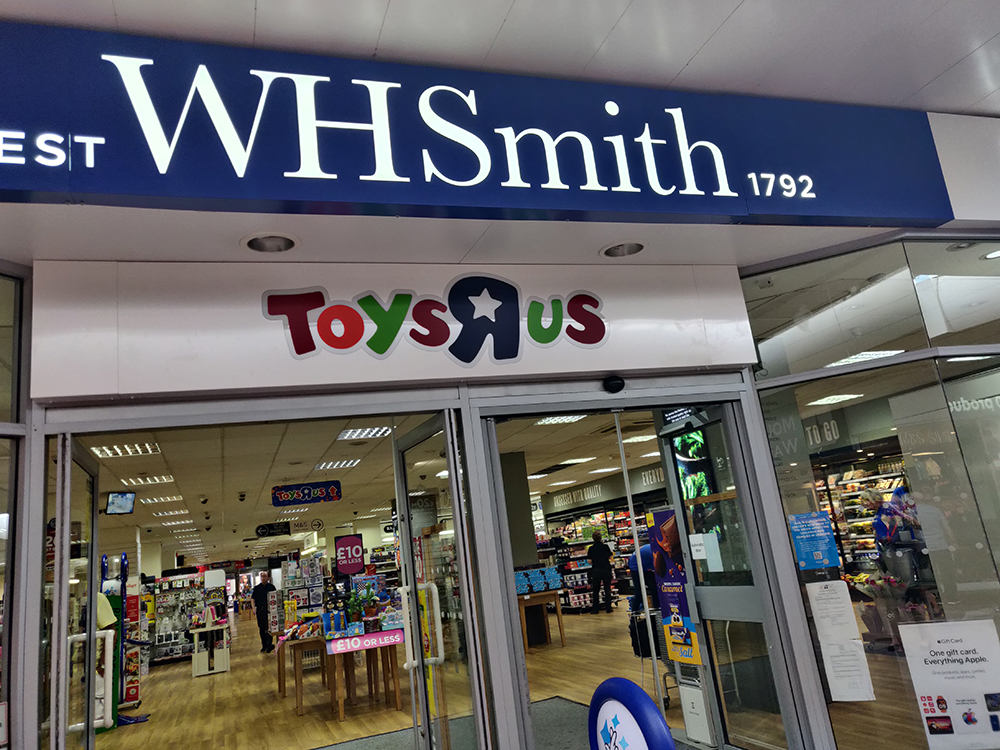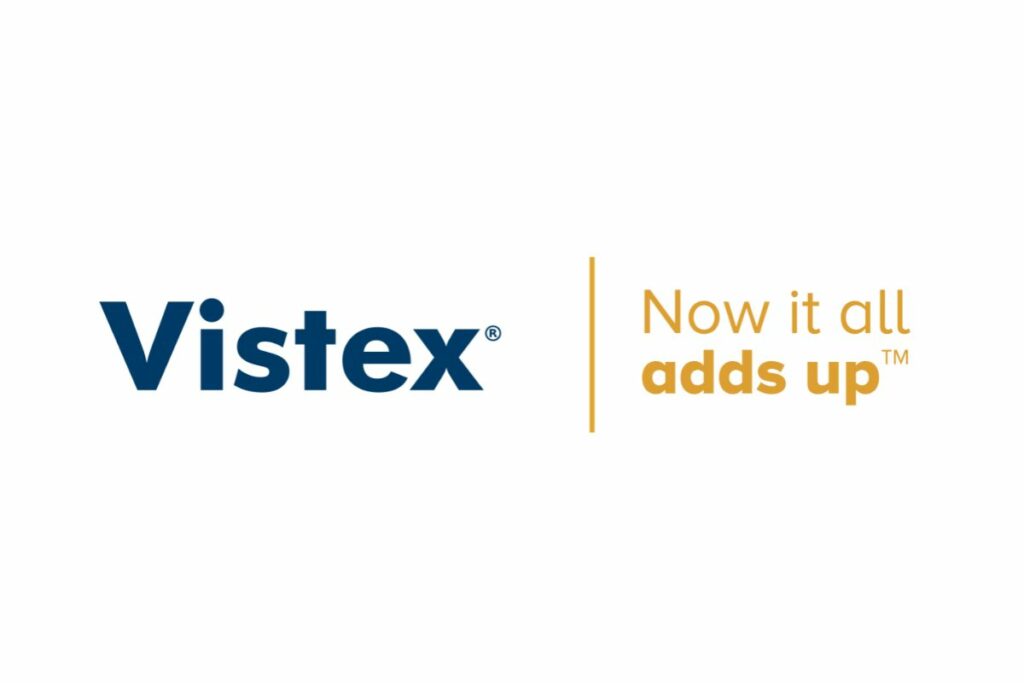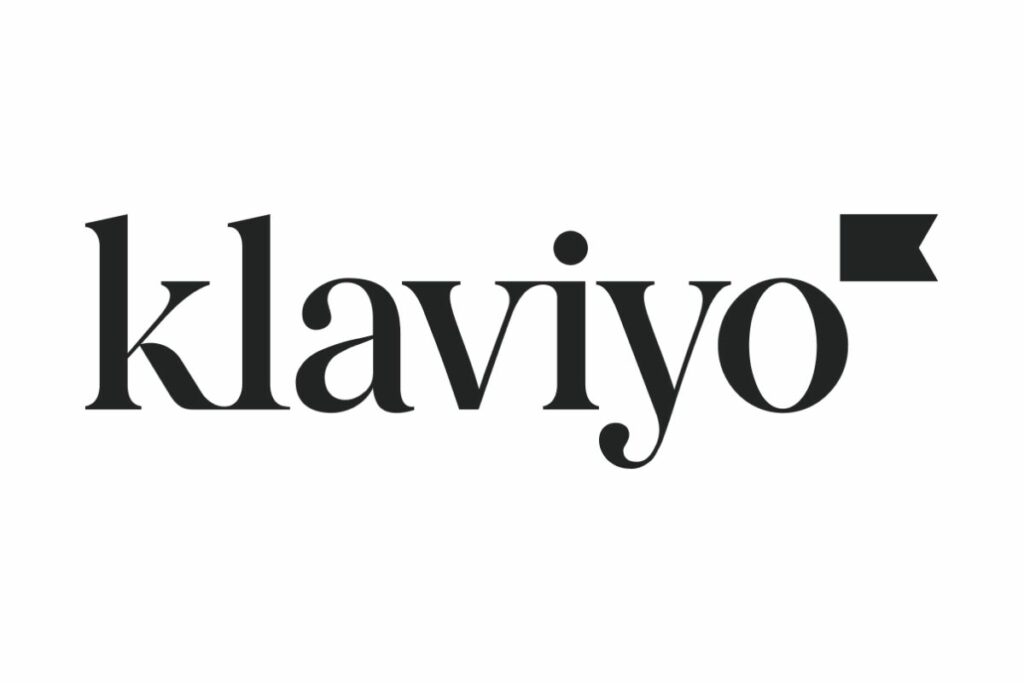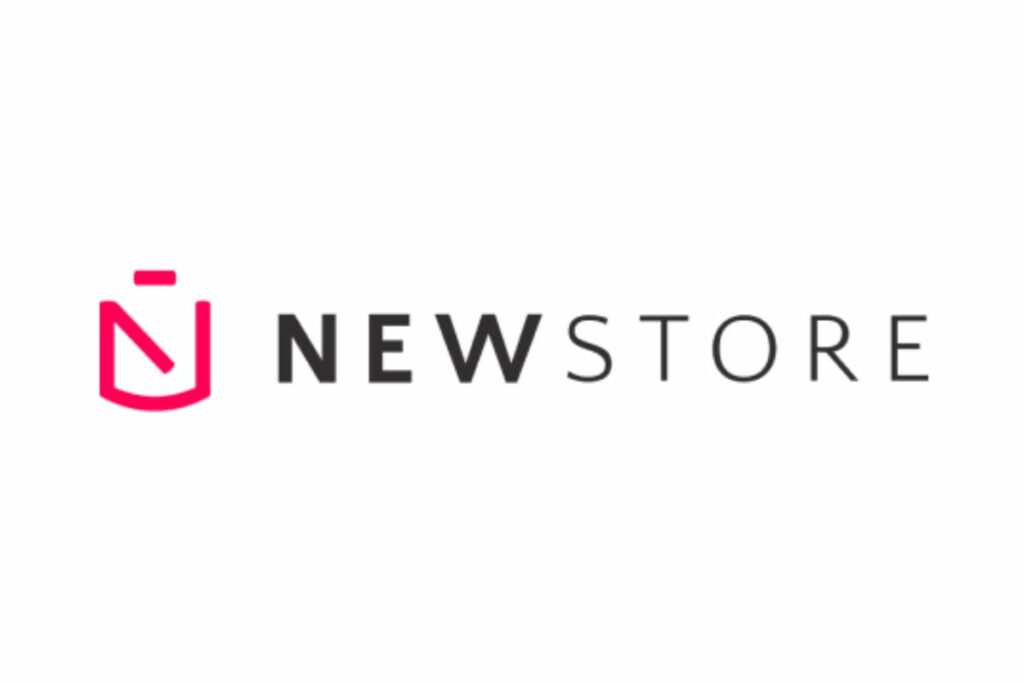Leading brands are now approaching loyalty as a digital transformation initiative, with retailers including Victoria’s Secret, Under Armour and JD Sports all having launched or redesigned their loyalty programmes in recent months.
But loyalty programme initiatives are a heavy lift that need strong sponsorship across the C-Suite, with even the CEO regularly joining meetings to stay on top of new loyalty tech. The growing interest in loyalty programmes is no surprise given that customer retention and digital transformation are company leaders’ top two priorities.
Promotion and loyalty solution Talon.One has just released its latest report: Loyalty Strategies for 2024. The ebook breaks down the loyalty tactics set to dominate 2024, with examples from leading programs from around the world.
Download the report here, or read on to find out three of the strategies set to dominate the loyalty landscape in the coming year.
Spotlight on: Gamification
As Gen Z continues to gain more purchasing power in 2024, gamification in loyalty programs is set to become more important than ever. Whether it’s with points, badges, challenges or leaderboards, infusing elements of fun and competition into the customer experience is key way to engage and retain customers across generations, offering:
- Greater engagement: Gamification taps into the psychology of motivation and reward, making engagement with a brand even more compelling and satisfying.
- Increased sales: Gamification leverages the brain’s reward system to boost sales, especially when paired with coupons or vouchers as incentives. This creates strong motivation for customers to not only engage with the brand but also make more frequent purchases if they know they are working towards a particular goal.

Sephora recently added gamified experiences to its Beauty Insider loyalty programme, where members can earn points for completing certain tasks – for example, subscribing to Sephora text alerts or adding samples during online checkout.
Spotlight on: Experiential rewards
In a saturated loyalty landscape, brands are increasingly looking for ways to make their programmes stand out from the “sea of sameness”. Instead of offering simple transactional rewards like discounts or cashback, a growing number of programs are using experiential rewards such as early access to sales, VIP customer service, and even once-in-a-lifetime rewards like celebrity meet and greets.

Adidas’ adiClub hosts a yearly Members Week, where members are treated to a week’s worth of exclusive experiences, product drops and raffles.
Experiential rewards are especially effective as they:
- Build emotional loyalty: Experiential rewards foster attitudinal commitment, going beyond monetary rewards to build enduring memories and deep emotional bonds. With consumer confidence still weakened amid the high inflationary environment, experiential rewards can provide the psychological attachment that’s necessary to nurture attitudinal commitment.
- Minimize balance sheet liability: If customers can redeem points for discounts, then any issued points have to be accounted for on the balance sheet. However, if your programme allows members to earn points to unlock badges and tiers that unlock specific benefits, like early product access or giveaways, those benefits usually show up in COGS (cost of goods sold) instead of liabilities.
- Offer flexible and iterative member benefits: Taking an experiential reward-first approach gives brands more flexibility to refine benefits over time, rather than committing to a specific X for $Y mechanic.
Spotlight on: Zero-party data
With increased regulations and anti-tracking efforts by tech giants like Apple, Google, and Mozilla, we’re gradually witnessing the demise of third-party cookies. But with 75% of marketers still heavily dependent on them, retailers will need to find new ways to build on their first- and zero-party data strategy in 2024. Loyalty programs provide the perfect opportunity to:
- Collect quality, actionable data: Instead of collecting vast amounts of irrelevant data, loyalty programs capture information related to preferences, purchase history, and engagement patterns. This data allows the retailer to send tailored promotions, enhancing personalisation and effectiveness.
- Offer incentives for data: A Forrester report found that 63% of US adults are willing to share personal information with companies in exchange for benefits like cash rewards, loyalty program points, or early access to new products.
Download the Loyalty Strategies for 2024 report here for more insights, plus examples for each strategy from the brands getting it right.
Click here to sign up to Retail Gazette‘s free daily email newsletter


















